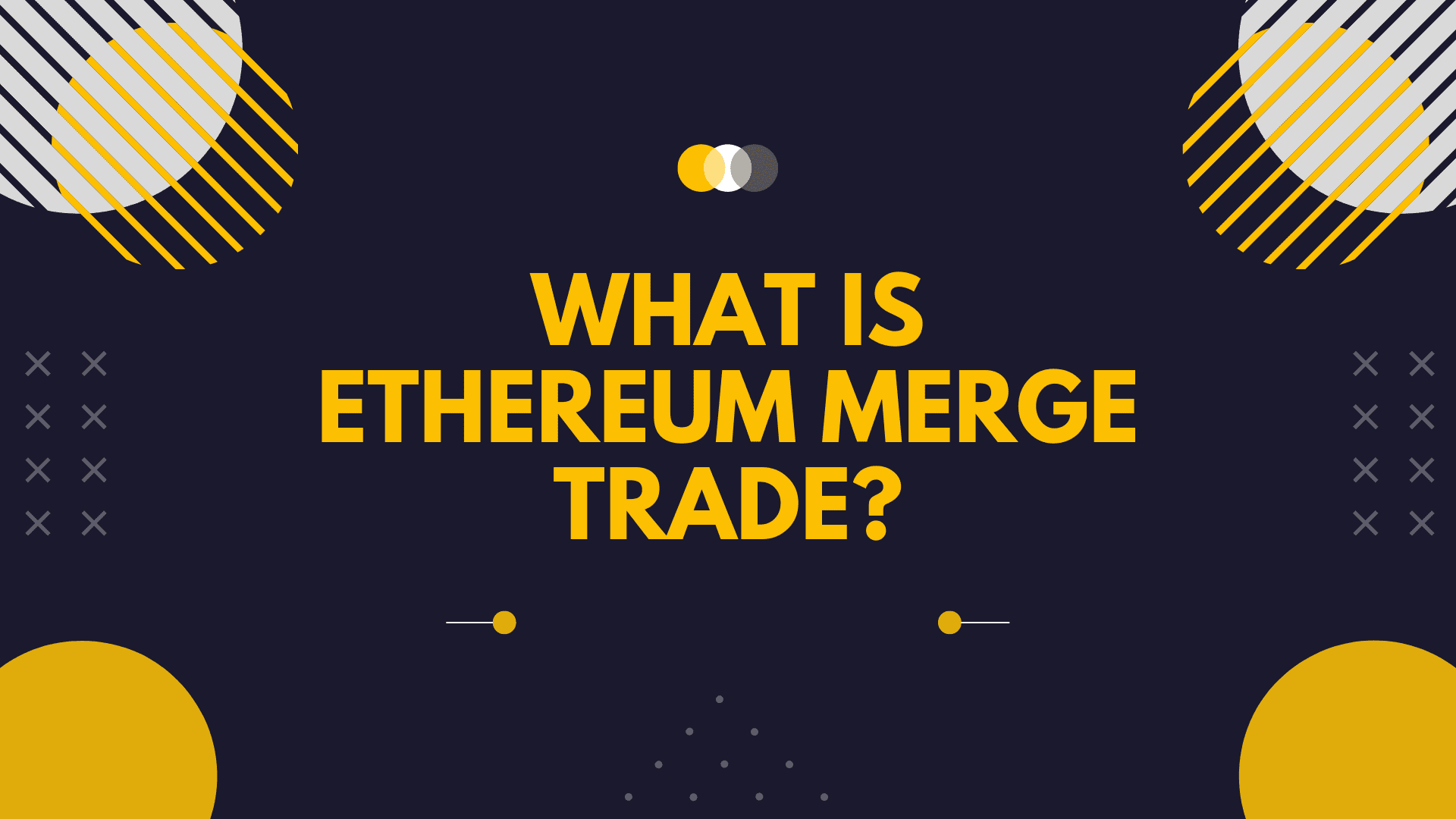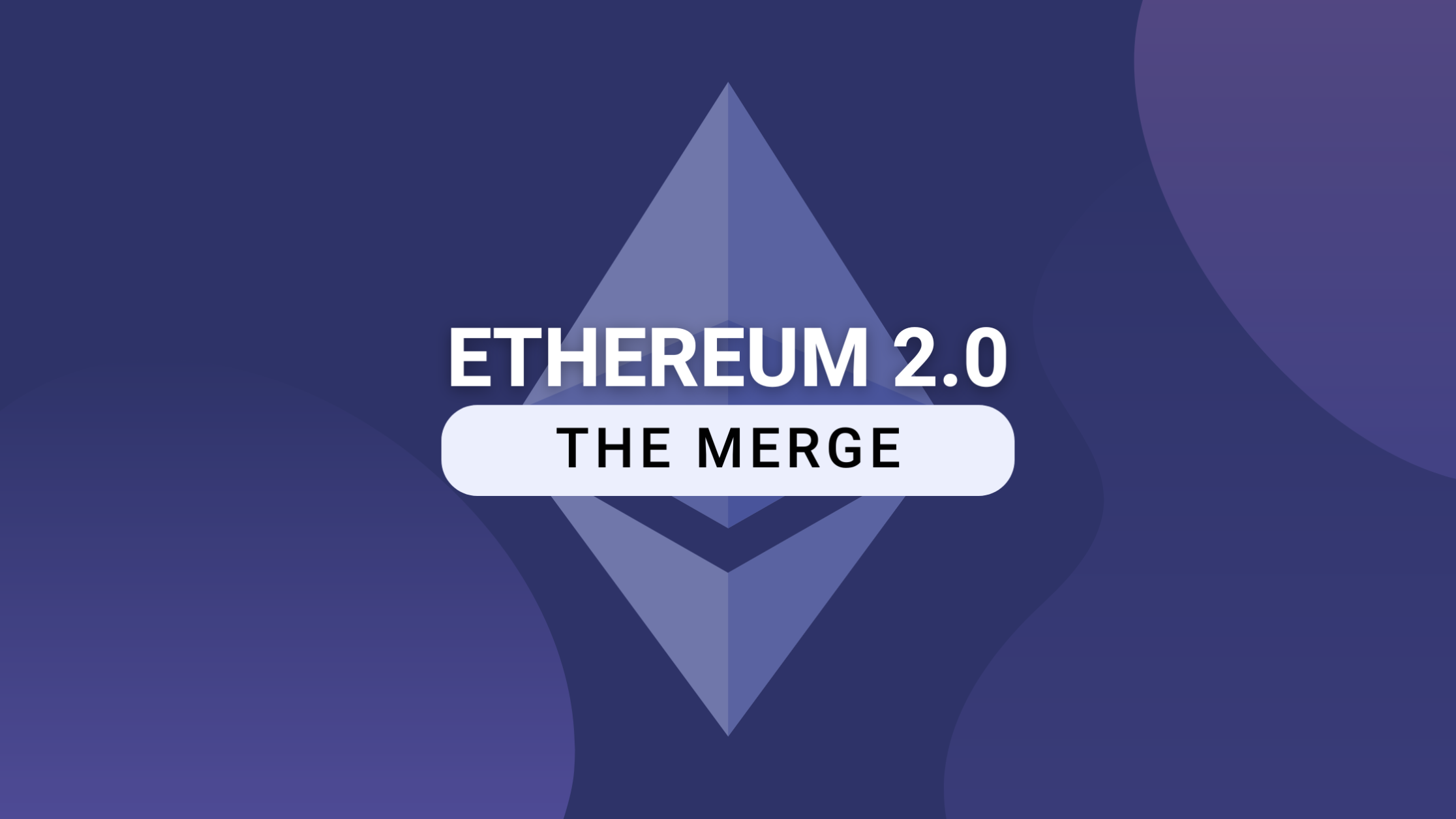After years of development and delay, the Ethereum revamp known as The Merge has finally been completed. The process of transferring the digital equipment at the second-largest known cryptocurrency by market value to a unique energy-efficient system. The best blockchain has recovered its legacy and revamped to a new set of blockchain systems.
A consensus mechanism in the blockchain is what we call proof-of-work, ensuring the security of cryptocurrencies with or without the company. The blockchain will be run with another called the proof-of-stake — a method to maintain the integrity of the blockchain.
But did Ethereum switch to proof-of-stake?
The answer is YES! Ethereum has evolved from an energy-deprived, proof-of-work system to a blockchain-friendly proof-of-stake system, and this switch is known as — The Merge.
After the successful upgrade, the potential payoff is enormous. As things are expected, Ethereum should now use 99.95% less energy. Developers claimed that Ethereum's Merge will result in a secure and scalable network.
Ethereum proof-of-work to proof-of-stake went into effect at 6:43 a.m. UTC; More than 41,000 cryptocurrency miners watched the "Ethereum Mainnet Merge Viewing Party" on YouTube, waiting for crucial metrics indicating that Ethereum's core systems had remained unchanged. In about 15 minutes, the Merge is officially completed resulting in Ethereum's transition as a — SUCCESS. The price of Ethereum, which has a market cap of nearly $200 billion, remained unchanged after the successful Merge.
The merge eliminates the network's reliance on the energy-intensive process of crypto-mining has been monitored closely by cryptocurrency investors, enthusiasts, and developers to see first-hand the effect of this update in the blockchain industry.

Mark Cuban, the famous billionaire that owns the Dallas Mavericks Basketball team, is one of the miners who diligently watched the Merge.
The switch of Ethereum from proof-of-work to proof-of-stake is one of the risky and doubtful updates in the cryptocurrency industry. Many investors, enthusiasts, and miners had doubted this update to be a success.
Justine Drake, an Ethereum Foundation researcher, stated that he still cannot believe that the Ethereum Merge is taking place and is now a success, as he had only expected it to happen shortly.
This update was particularly challenging because it required coordination between dozens of teams and hundreds of individual researchers, developers, and volunteers. It was also one of the most significant open-source software projects in history.
Good Bye, Miners!
Bitcoin first introduced the concept of a decentralized ledger — a single record of all transactions in the bitcoin industry or network. It uses the proof-of-work mechanism to organize the web and keeps the decentralized ledger unchanged.
In 2015, Ethereum introduced expanded core concepts of Bitcoin by bringing up intelligent contracts in which a blockchain is used as a supercomputer that tallies the data onto the network. This ingenuity gives birth to Defi, Decentralized Finance, and NFT or non-fungible tokens.
Crypto miners had started to compete in writing transactions to make it through the ledger and earn rewards from it by solving puzzles has resulted in the Merge. Ethereum then dropped the proof-of-work systems and introduced the proof-of-stake mechanism.
What is the advantage of the Ethereum Merge?
Basically, the merge allows more users to be involved in Ethereum's network and earned through stacking.
Crypto mining takes place majority in "farms" or factories. The factories are like large warehouses that are lined up in a row of computers stacked on top of one another like bookshelves in a library. Each computer is hot to the touch as it strains to produce cryptocurrency.
Hello, Stakers!

Proof-of-stake — the new Ethereum system has vanished away from the method of mining.
The miners are now called Validators. A validator is a node in a proof-of-stake system responsible for data storing, processing transactions, and adding new blocks to the blockchain. By staking 32 ETH, a validator software will be activated.
Beacon Chain — the first introduced proof-of-stake network by Ethereum, but until the Merge, it is just a phase where validators get set up for the switch. Ethereum's merge is also the merge of Beacon Chain and Ethereum's main network.
Tim Beiko, an Ethereum foundation developer, once compare the consumption of energy using a proof-of-stake system to running an application on one's MacBook. He stated that a miner runs this application without thinking of the environmental impact.
Ben Edgington, a product leader at Ethereum research and development firm ConsenSys, emphasized the environmental benefits of Ethereum's merger and expressed his joy for his role in lowering the atmospheric emission of one megaton of carbon.
The Change
Ethereum network had updated from a single open-source network to a compact network that talks the same language and follows an identical set of rules.
Ethereum merge has caused changes — environmentally and incentives. Ethereum will generate less carbon while offering a new set of incentives for the stakers.
The update makes sure that stakers follow the written set of rules that will secure the decentralized ledger from outside interference.
According to Beiko, the edge of proof-of-stake is that it uses financial resources to convert to security, whereas proof-of-work uses physical resources to convert to network security.
Ethereum being the second-biggest blockchain has many individual miners that operate and secure a proof-of-work network. However, most miners join the mining pool causing an increase in hashrate, the total combined computational power from all the miners.
Miners always considered joining a mining pool because of its pros and cons. Joining a mining pool will increase the chance to get the reward unlike with solo mining.
In proof-of-stake, the amount of ETH an individual stakes and not the energy individual spends dictates the control in the network. An individual who tries to harm the network will receive a punishment — a reduction of their staked ETH.
Even though Ethereum's transition had been a success, a proof-of-stake has not sold even after during the hype. The Bitcoin network still holds to the proof-of-work system, which still holds as the biggest rival for Ethereum.
Cryptocurrency enthusiast believes that the old power players will just be replaced with new ones even if Ethereum's network has extended its network. Lido still controls 30% of Ethereum's proof-of-stake chain. Coinbase, Kraken, and Binance also own the other 30% of the Ethereum networks stake.
Trading the Merge

After the Ethereum Merge success, next to happen is the crucial step on completing the Ethereum's updated software — test merge.
In the crypto market, traders had been eyeing the Merge since mid-July. The traders view this update as fuel to a dramatic rise in Ethereum's price.
The price of the ETH had been uphill since the Merge and the agitated miners creates a new activity, this time they act as traders that tries to lock in value from the airdrop of the new "ETHPOW" token.
Predicting the reaction of the crypto market to the successful Ethereum Merge is nearly impossible. The upgrade is well-planned and written by Ethereum's developer so the possibility that ETH had been priced in by the market is highly positive.
According to Kevin Zhou, the ETH had been overly priced since the Merge and the market is on a 70/30 scale in favor of the transition will give positive feedback on Ethereum's network.
What's next?

Vitalik Buterin, the Ethereum blockchain's co-founder, says that after the Merge, Ethereum will be 55% complete.
After the Merge, Ethereum will undergo some stages before the finale — the Surge, the Verge, the Purge, and the Splurge.
Introducing a new set of systems to make Ethereum expandable and scalable is called the Surge. It will enable a staker to have a companion, which makes the Ethereum network easier to operate.
The Verge optimizes the storage and reduces node sizes supporting Ethereum 2.0 being a more scalable network for the stakers.
The Purge and the Splurge come together. The purge aims to decrease historical data. It will give easier work for the validators on validating the blockchain under the proof-of-stake mechanism.
After all the steps come to the Splurge, the celebratory phase of the successful transition of the Ethereum network.
Buterin believes that the Ethereum Merge is only the beginning of the Ethereum network that they have always envisioned. A network with built-in components and a working mechanism.
The evolution of the Ethereum network will continue after the Ethereum Merge.






Join the conversation.